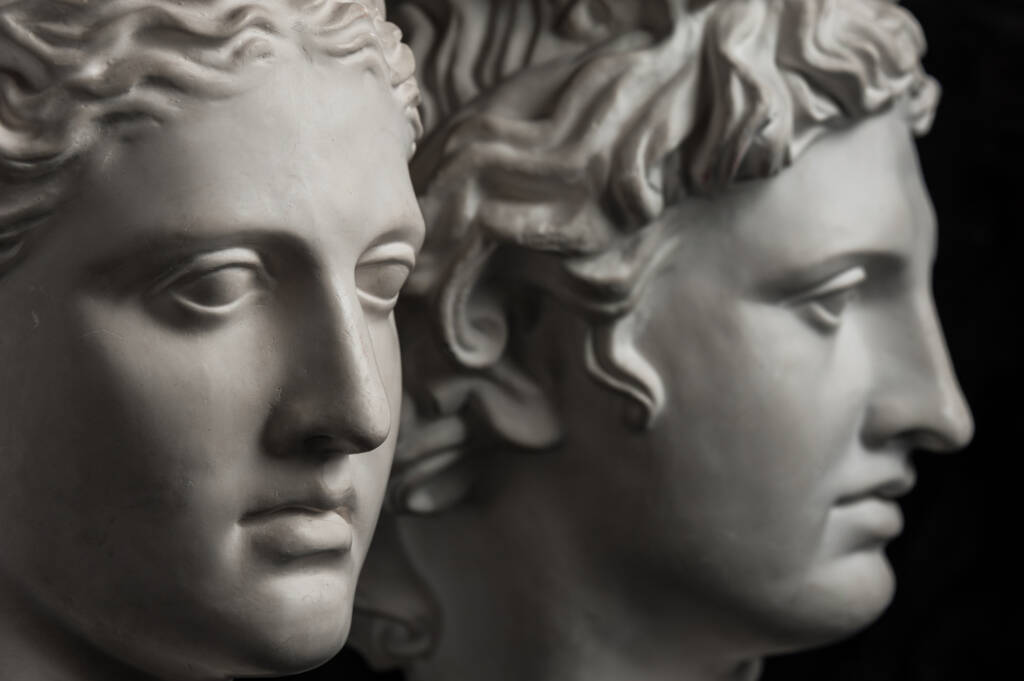
Mythology and Folklore

Mighty heroes. Angry gods and goddesses. Cunning animals. Mythology and folklore have been used since the first people gathered around the fire as a way to make sense of humankind and our world. This course focuses on the many myths and legends woven into cultures around the world. Starting with an overview of mythology and the many kinds of folklore, the student will journey with ancient heroes as they slay dragons and outwit the gods, follow fearless warrior women into battle and watch as clever animals outwit those stronger than themselves. They will explore the universality and social significance of myths and folklore, and see how they are still used to shape society today.
Major Topics and Concepts
- Identify characteristics of myths, folklore, folktales, and fairy tales.
- Describe the different types of myths.
- Identify the purposes of myths.
- Compare the different types of folklore: legends, folktales, and fairy tales.
- Identify the warrior women covered in the unit and their actions.
- Describe the characteristics of warrior women in history, mythology, legend, and folklore.
- Identify the time period in which the warrior women covered in this unit lived and/or gained importance.
- Describe the cultural and historical effects of mythological warrior women on the treatment of women in ancient Greek, Norse, and Celtic society.
- Define what sets apart a hero from the rest of society.
- Identify types of hero and heroine stories.
- Describe the specific archetypes found in hero stories.
- Trace the stages of a Hero’s Journey.
- Describe the cultural and historical importance of heroes and heroines.
- Explain the varied roles animals play in legends and mythology.
- Identify creation stories where animals play an important role.
- Describe the symbolic nature of animals as portrayed in myths and legends.
- Trace transformation myths from around the globe.
- Identify modern myths and legends involving animals.
- Explain the communal importance of myths and legends.
- Identify how myths and legends are used to explain the natural world.
- Understand that myths are the basis of cultural activities in a society.
- Describe how myths provide meaning to everyday life.
- Identify the use of myths and legends to establish guidelines for living.
- Understand that gods and goddesses are the cornerstones of mythology.
- Identify the mythological themes in each cultures mythological system.
- Explain the characteristics of gods and goddesses of ancient mythology.
- Describe the cultural effects of mythological systems.
- Identify places of worship built for gods and goddesses.
- Understand the purpose of comparative mythology.
- Describe the role linguists play in finding the origin of a myth or legend.
- Identify the underlying structure in myths and legends.
- Explain how comparative religion is used to compare the themes of sacred myths.
- Identify the psychology behind shared symbolism.
- Explain the purposes of urban legends in today’s society.
- Recognize the superstitions that are still around today.
- Describe what cryptids are and their role in myths and legends.
- Name the mythological cities for which archaeologists still search.
- Identify the areas of the world that have legends associated with them.
Competencies
Mythology and Folklore
Students will demonstrate an understanding of mythology and folklore by explaining the role of mythology and folklore in human culture, summarizing types of mythology, and describing types of folklore.
Goddesses and Warriors
Students will demonstrate an understanding of goddesses and warriors by explaining warrior women in mythology, explaining goddesses in mythology, and explaining the effect of warrior women and warrior goddesses on ancient societies.
The Heroic Monomyth
Students will demonstrate an understanding of the heroic monomyth by comparing the types of hero tales, describing the hero archetypes, and summarizing the stages of the hero’s journey.
Animals in Mythology
Students will demonstrate an understanding of animals in mythology by explaining the roles that animals play in mythology, comparing the use of animal archetypes in mythology, and describing the use of symbolism in mythology.
Mythology’s Social Significance
Students will demonstrate an understanding of mythology’s social significance by describing myths in society, explaining myths in culture, and summarizing the use of myths in explaining the meaning of life.
Myths of the World
Students will demonstrate an understanding of the myths of the world by summarizing ancient myths, describing Aztec and Norse myths, and describing Egyptian and Greek myths.
Comparative Mythology
Students will demonstrate an understanding of comparative mythology by comparing comparativists and particularists, describing mythological similarities, and explaining the purpose of comparative mythology.
Modern Myths and Legends
Students will demonstrate an understanding of modern myths and legends by explaining the purpose of urban legends in modern-day society, describing the purpose of cryptids in myth and legends, and summarizing strange places associated with myths and legends.